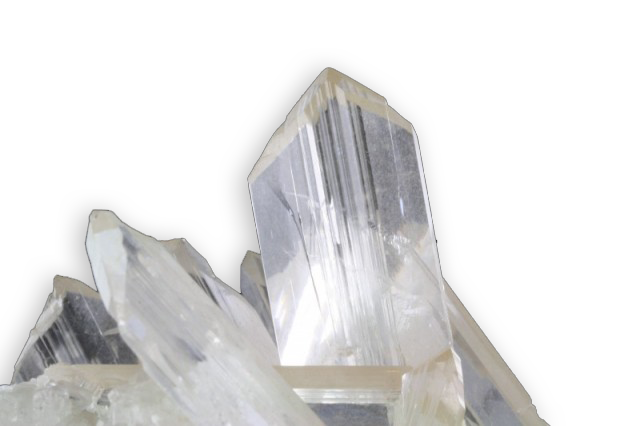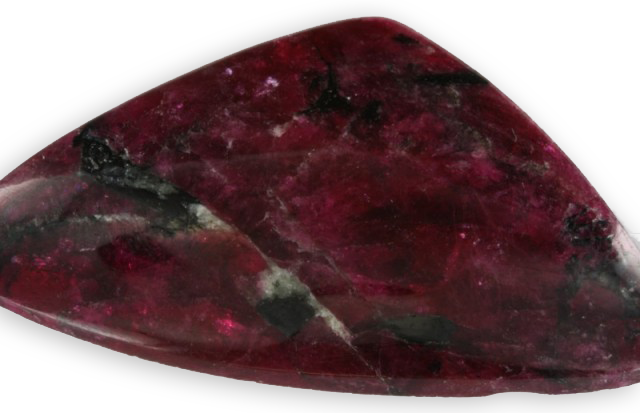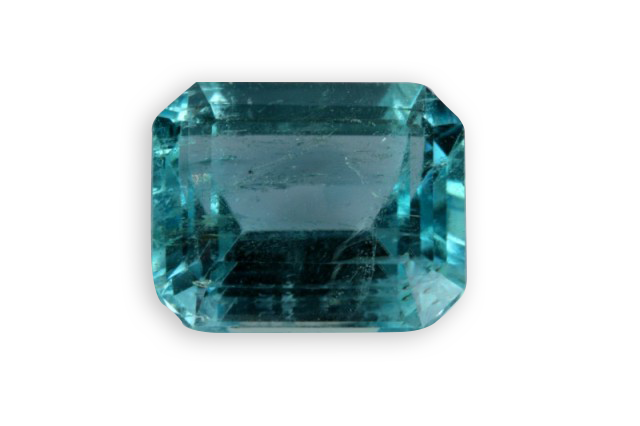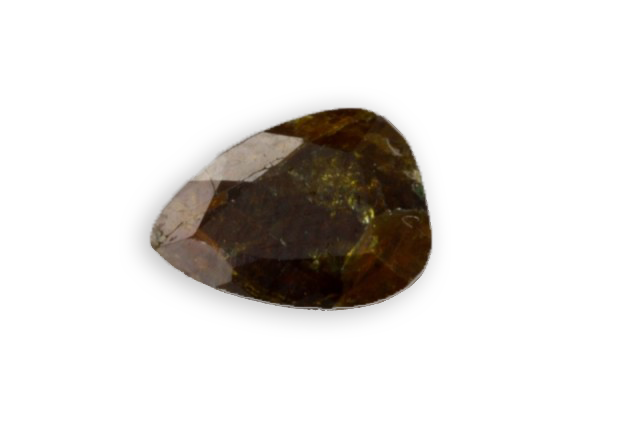
very weak
Je vous emmène à travers mes vidéos découvrir mon expérience acquise depuis plus de 30 ans a silloner le globe entier à la recherche de pierres précieuses, de rencontre mémorables mais aussi de difficulté parfois …
actualités
Categories

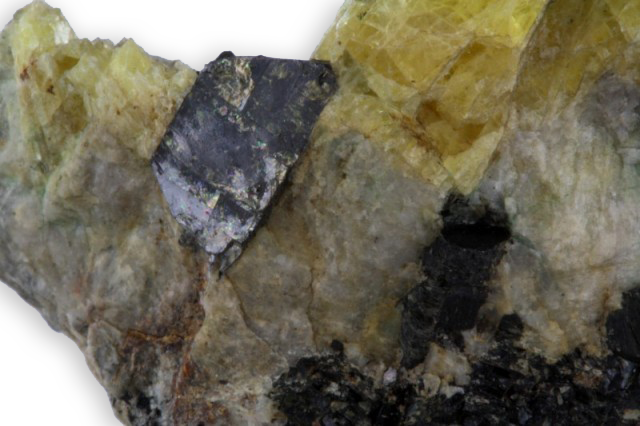
meliphanite
ck_admin
March 24, 2021
Discovered in 1852, its name comes from the Greek, “which resembles to honey” in connection with its honey-yellow color.
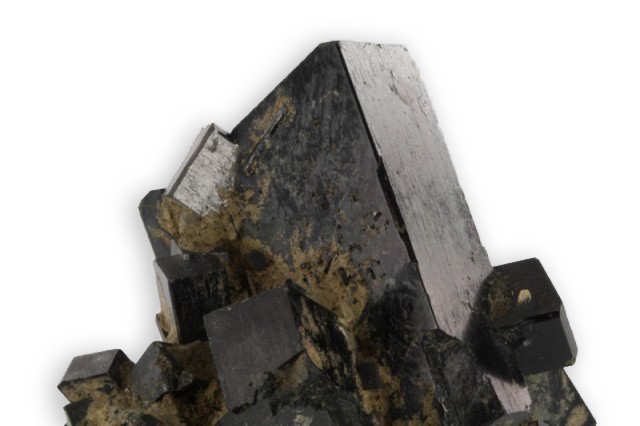
hedenbergite
ck_admin
March 24, 2021
Its name honors the Swedish mineralogist Ludwig Hedenberg. It is close to diopsides.
